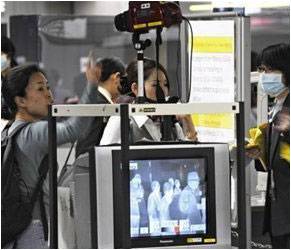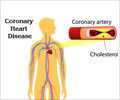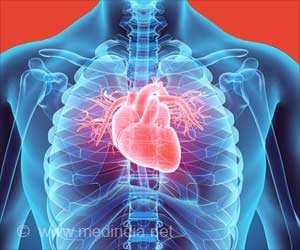Chest pain may no longer have to mean a hospital stay, says a new study done by researchers at Wake Forest University Baptist Medical Center.

"To be able to either provide patients with the reassurance that their chest pain isn't related to a more serious cardiac problem and get them back home within a day, or to diagnose the cardiac problem more quickly and begin treatment, is really satisfying."
The study is currently featured online and is scheduled to appear in a future issue of the Annals of Emergency Medicine.
Miller explained that nearly half of the approximately 6 million people in the country each year who visit the emergency department with possible cardiac-related chest pain are categorized as "non-low risk" upon initial consult, and are therefore admitted to the hospital for further testing and evaluation. This tendency to admit immediately, however, leads to an over triaging of patients, Miller said, because only a very small fraction of those admitted patients ultimately experience a serious cardiac event. Current treatment guidelines provide the infrequently used option of placing these patients with non-low risk chest pain in an observation unit, where symptoms are monitored closely and care is delivered based on predetermined care pathways, while more invasive diagnostic testing is postponed until needed and there is an intense focus on efficiency.
"The over triaging and working up of people who don't ultimately have cardiac events leads to a lot of spending – about $10 billion a year," Miller said. "That's a big deal. So, we started looking at how we can change the landscape of what is currently happening in the treatment of these patients."
For the study, researchers randomly assigned 110 ED patients with chest pain to either "usual care," involving admittance to the hospital, or care in an observation unit. Patients in the "usual care" group received a variety of tests typically utilized for diagnosing chest pain, including stress echocardiograms, cardiac MRI and cardiac catheterizations. For the patients in the observation unit arm, researchers brought in the use of cardiac MRI to provide diagnostics to an area that typically relies mostly on subjective decision-making by care providers.
Advertisement
"We felt that the highly accurate test results, combined with the comprehensive information provided by cardiac MRI, would allow us to manage these more complicated patients safely and efficiently in the observation unit," Miller said. "In essence, we wanted to combine a highly accurate test with the increased efficiency of an observation unit to decrease cost while still delivering top-quality patient care."
Advertisement
"This is probably one of the studies I'm most excited about being involved with," Miller said. "We were able to reduce cost, not miss any cardiac events and reduce hospital admissions at the same time. Lower costs for the hospital generally translate to fewer charges for patients and, even better, many of the patients who were seen in the observation unit were able to go home the same day.
"As we gain more knowledge and develop better technology, we are realizing that you can both decrease cost and maintain quality. This is a good example of such a case, where technology, because it is more accurate, helps us cut costs. It's a win-win situation."
Miller cautioned that a limitation of this study was the inability to determine whether the results were related to the cardiac MRI test, the observation unit care, or both. "The study examined the efficiency of a care pathway – cardiac MRI testing with observation unit care," Miller explained. "We are not able to determine whether our results are related to one of these components or their combination."
The researchers will next look to test this intervention at other medical centers and in a larger population to see if the results can be replicated before any changes to standard practice are made.
Source-Eurekalert














